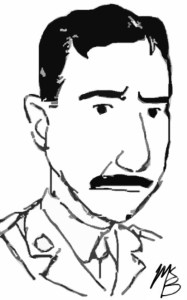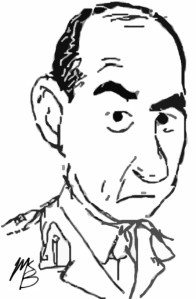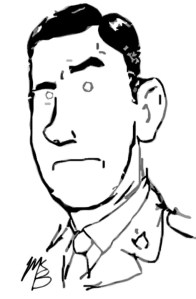Major-General Holley Keefler
6th Infantry Brigade
3rd Canadian Division

Brigadier Keefler appreciating the need for quick and determined action and also appreciating the effect on morale the loss of their Commander would have on the troops of the brigade, took immediate command of the situation and directed the complete operation from the brigade level. Under heavy artillery and small arms fire, he personally visited the assaulting battalions, encouraging and directing the officers and other ranks and making tactical decisions on the spot.
(D.S.O. citation, 17 Nov 1944)
Born in Weston, Ontario on 12 September 1912, Ralph Holley Keefler was a graduate of the University of Toronto and employee of Bell Telephone in Montreal. The son of a lieutenant-colonel, he joined the militia in 1925 and transferred to the artillery two years later. By 1938, he had qualified as a lieutenant-colonel and organized the first anti-aircraft battery in Canada. With the outbreak of war, he served as staff officer and later brigade major with the 2nd Artillery Division.






